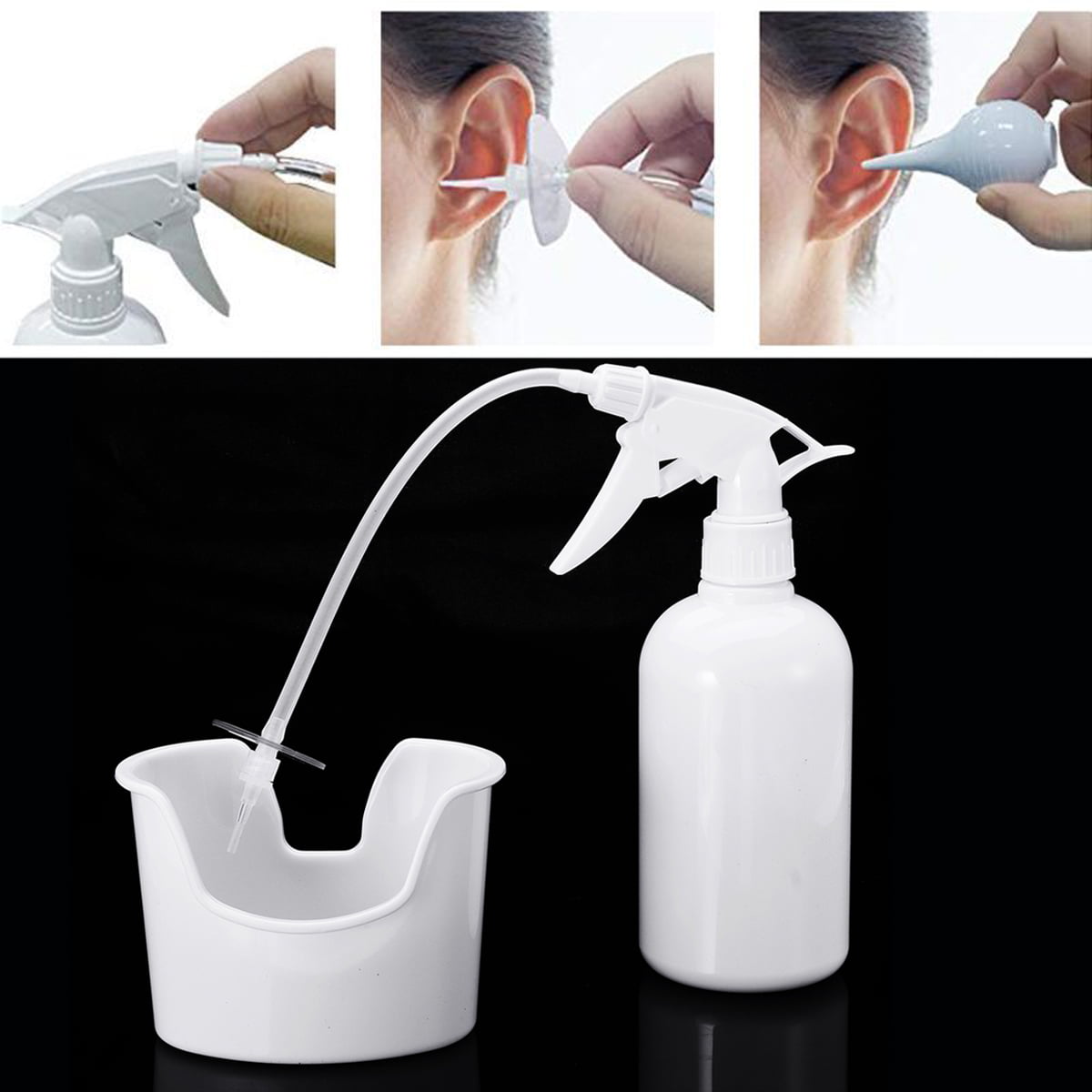

Best ear wax removal how to#
Ask your doctor for advice on how to properly select and use alternative earwax removal methods. If your symptoms don't improve after a few treatments, see your doctor.Įarwax removal kits available in stores also can be effective at removing wax buildup. However, the softening agents may only loosen the outer layer of the wax and cause it to lodge deeper in the ear canal or against the eardrum. You may need to repeat this wax-softening and irrigation procedure a few times before the excess earwax falls out. Dry your ear canal. When finished, gently dry your outer ear with a towel or hand-held dryer.When finished irrigating, tip your head to the side to let the water drain out. Tilt your head and pull your outer ear up and back to straighten your ear canal. Use warm water. After a day or two, when the wax is softened, use a rubber-bulb syringe to gently squirt warm water into your ear canal.Soften the wax. Use an eyedropper to apply a few drops of baby oil, mineral oil, glycerin or hydrogen peroxide in your ear canal.

If your eardrum doesn't contain a tube or have a hole in it, these self-care measures may help you remove excess earwax that's blocking your ear canal: If earwax blockage becomes a problem, you or your doctor can take simple steps to remove the wax safely. Never attempt to dig out excessive or hardened earwax with available items, such as a paper clip, a cotton swab or a hairpin. This often just pushes wax deeper into the ear, which can cause serious damage to the lining of your ear canal or eardrum. Earwax blockages commonly occur when people try to clean their ears on their own by placing cotton swabs or other items in their ears. It cleans, lubricates and protects your ear canal by trapping dirt and slowing the growth of bacteria. Earwax is a helpful and natural part of your body's defenses.


 0 kommentar(er)
0 kommentar(er)
